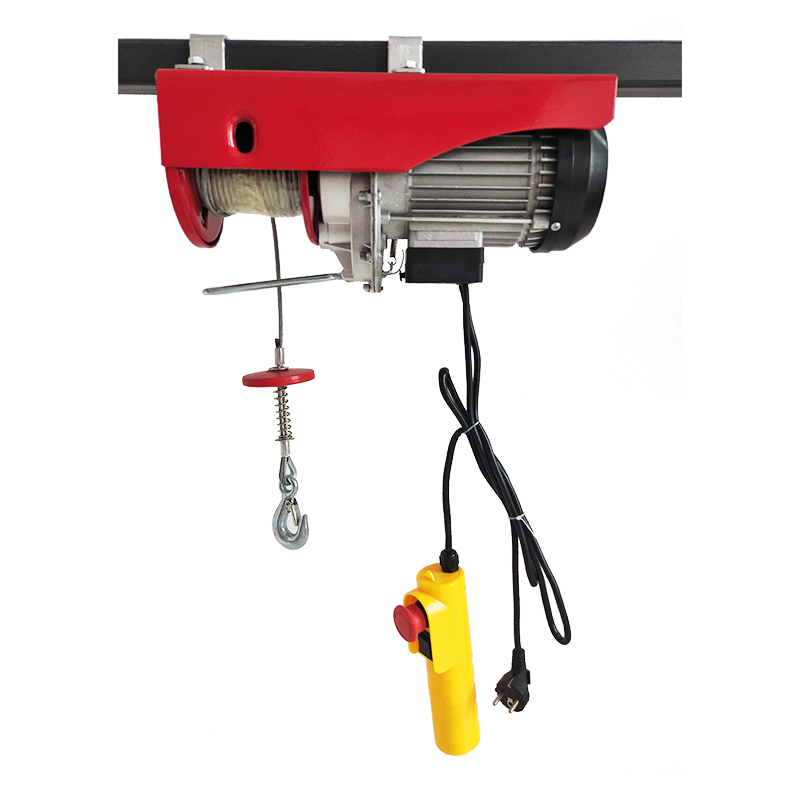


Understanding Small Cable Hoists Essential Tools for Various Applications
In today's world of construction, logistics, and DIY projects, small cable hoists stand out as indispensable tools that enhance efficiency and safety in lifting operations. These compact devices are designed to lift and lower heavy objects with ease, making them essential in various applications, from industrial environments to home improvement tasks.
What is a Small Cable Hoist?
A small cable hoist is a mechanical device that uses a cable and pulley system to lift heavy loads. Typically powered by electricity, these hoists can lift loads ranging from a few hundred pounds to several tons, depending on their design and specifications. Unlike larger hoisting systems, small cable hoists are portable, lightweight, and easy to operate, making them suitable for both professional and casual users.
Key Components of Small Cable Hoists
1. Motor The heart of the hoist, the motor determines the lifting capacity and speed. Electric motors are the most common, although some hoists may utilize manual cranks or pneumatic power.
2. Cable The cable used in a hoist is often made from strong materials like steel or synthetic fibers. Its strength and durability are crucial since it bears the weight of the load.
3. Pulley System Pulleys help redirect the cable and distribute the weight evenly. A well-designed pulley system increases the efficiency of the hoist and reduces the strain on the motor.
4. Hook The hook connects the load to the cable. Safety features, such as locking mechanisms, are often included to prevent accidental detachment.
Applications of Small Cable Hoists
Small cable hoists are used in various settings, showcasing their versatility

- Construction Sites Builders use small cable hoists to lift materials like bricks, steel beams, and other heavy construction supplies to elevate them to higher floors.
- Warehousing and Logistics In warehouses, they assist in moving heavy items from trucks to shelves, streamlining labor-intensive processes and reducing injury risks.
- Home Improvement Projects DIY enthusiasts often utilize small cable hoists for tasks such as lifting heavy appliances, moving furniture, or hoisting objects to attics.
- Automotive Mechanics frequently use these devices to lift engines and heavy parts during repairs, facilitating easier access and maintenance.
Safety Considerations
While small cable hoists significantly improve productivity, safety must always be a priority. Operators should
- Conduct Regular Inspections Ensure the hoist’s components are in good working order to avoid malfunctions.
- Know Weight Limitations Adhering to the manufacturer’s specified lifting capacity is critical to prevent accidents.
- Use Proper Techniques When operating a hoist, it’s essential to secure loads properly and maintain a clear area beneath the load.
- Provide Training Ensure all users are trained to operate the hoist safely and understand the risks involved.
Conclusion
Small cable hoists are essential equipment across multiple industries, enabling users to lift heavy loads with ease and safety. Their design allows for portability and versatility, making them useful for various applications, from construction sites to home projects. As with any equipment, prioritizing safety and proper operation will ensure that these hoists serve their purpose effectively while minimizing risks. Whether you are a seasoned contractor or a weekend DIYer, a small cable hoist can be a valuable addition to your toolkit.



